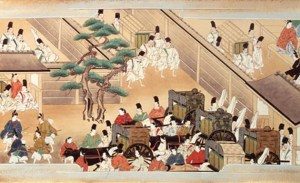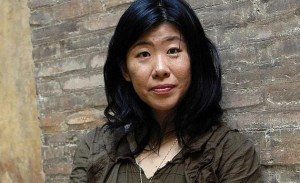While the writing system was introduced to Japan relatively late, this is not a detriment to the richness that Japanese culture offers. Books like him Kojiki (古 事 記, Registry of Ancient Things) and the Nihon shoki (日本 書 紀, Chronicles of Japan) are the earliest examples of Japanese literature, while the book of Manyoshu (万 葉 集, The Thousand Leaves) is an exhibition that exhibits the richness of Japanese poetry.

The creation of kanas in the ninth century it was of great benefit to Japanese literature, which allowed a more proper style of expression, and at the same time gave way to vernacular literature. Groups of female consorts to the imperial courts produced important works. They are between them Genji Monogatari (源氏物語, The Story of Genji), by Murasaki Shikubu, or Makura no Soshi (枕 草 子, Header Book) by Sei shonagon. Later the literature will narrate the warlike events of the era of the samurai, such as Gunki Monogatari (軍 記 物語, War stories) or Heike Monogatari (平 家 物語, Heike’s story).
Modern Japanese literature has undoubtedly been influenced by the universal literature. This one focuses on plots more related to reality. Works like Ukigumo (浮雲 Drifting clouds), from Futabei Shimei they present a more colloquial style in language; Takekurabe (た け く ら べ Growing), from Higuchi Ichiyo narrates the loneliness of children who go through adolescence and puberty.
The realist novel reaches its peak with Natsume Sōseki, which in his works includes motives such as university education, selfishness, separation from the rest of the world and uncertainty. His most important works are Botchan (坊 っ ち ゃ ん) and Wagahai wa neko from aru (吾輩 は 猫 で あ る, I’m a cat). Another exponent of the postwar period is Kawabata yasunari, Nobel Prize winner for novels like Yukiguni (雪 国, Snow Country) and Yama no oto (山 の 音, The Roar of the Mountain).

Currently authors who have gained worldwide recognition are Murakami haruki, whose novel Noruuei I did not die (ノ ル ウ エ イ の 森, Norwegian Forest) sold more than 10 million copies; Yoshimoto Banana, whose novels deal with the daily life of people after the death of a loved one. His best known novel is Kichin (キ ッ チ ン, Kitchen).

